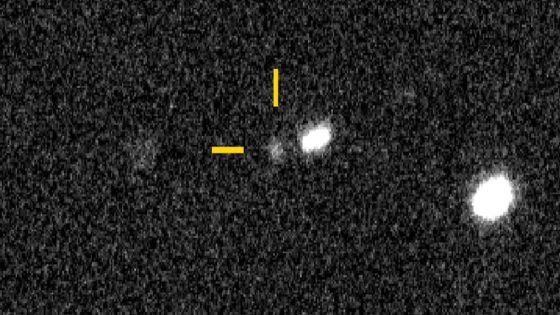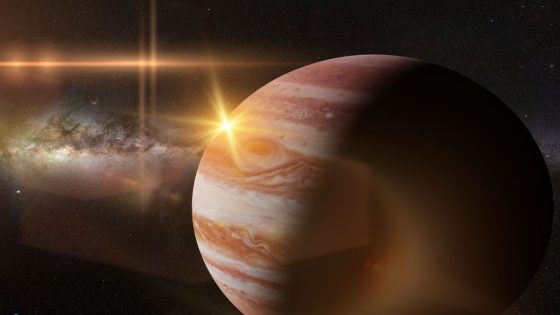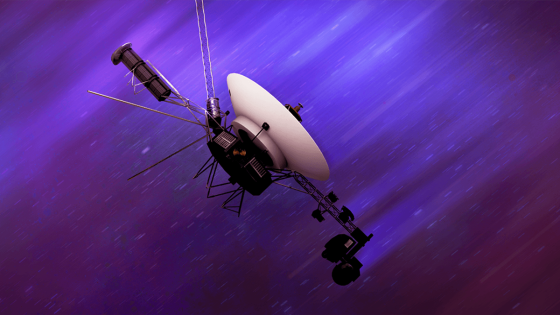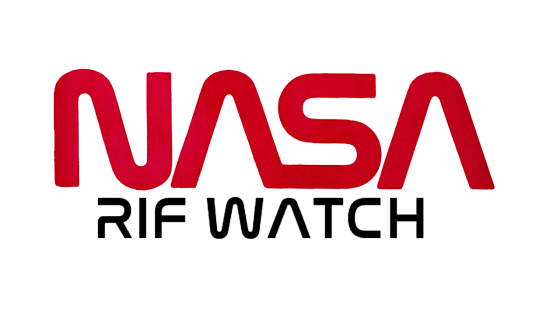Astronomers have confirmed the discovery of an interstellar object, marking a significant milestone in our understanding of the cosmos. This comet, designated 3I/Atlas, is only the third interstellar visitor ever detected, with scientists believing many more may be lurking undetected. The announcement came on July 3, 2025, as researchers celebrated this rare glimpse into the universe beyond our Solar System.
- Interstellar object 3I/Atlas confirmed by astronomers.
- Largest interstellar comet detected to date.
- No threat to Earth; passes near Mars.
- Object moving over 60 km/s through space.
- Only third interstellar visitor ever spotted.
- Potential for discovering life-related compounds.
3I/Atlas is likely the largest interstellar object observed to date, with estimates suggesting it spans 10-20 kilometers in width. Unlike typical comets that orbit the Sun, this one is speeding through space at over 60 kilometers per second, indicating it is not bound by solar gravity. Its icy composition, inferred from its fuzzy appearance, adds to the excitement surrounding its study.
This discovery raises intriguing questions about the nature of interstellar objects. How many more are out there, and what can they teach US about the origins of life? The implications are profound:
- 3I/Atlas may provide insights into the conditions that foster life in other star systems.
- Estimates suggest there could be up to 10,000 interstellar objects within our Solar System at any time.
- Future observations could lead to the discovery of more interstellar visitors.
As we continue to explore these celestial wanderers, the scientific community eagerly anticipates what future discoveries may reveal about our universe and the potential for life beyond our planet.
































